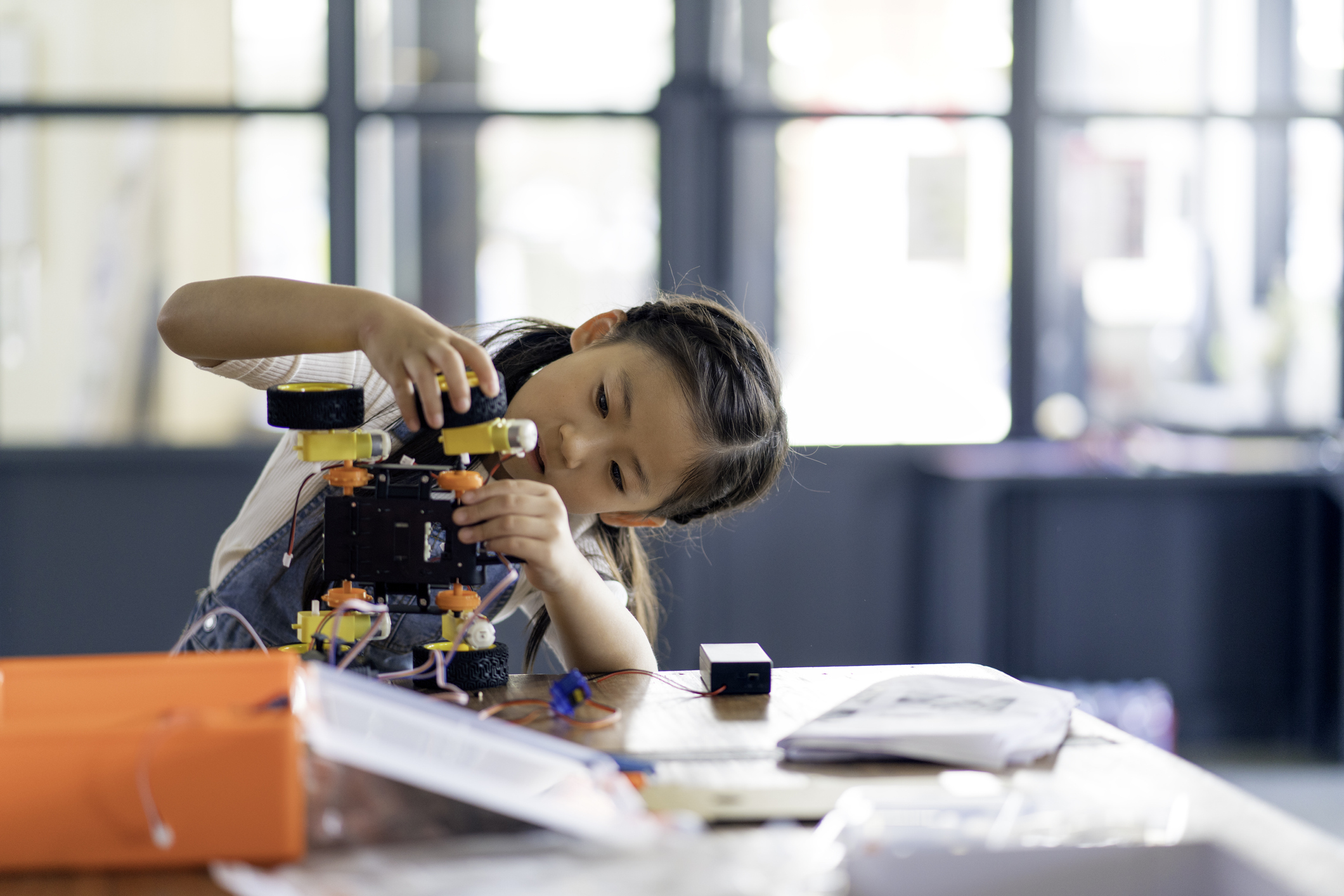
Jul 08, 2020
What is the STEAM Challenge? A STEAM challenge is a project that can inspire your child to explore, design and test in one of the four STEAM subjects: science, technology, engineering, art or math. The concept of a STEAM challenge originated during the London 2012 Olympics as a way to capitalize on the excitement of the games and leverage them to help deliver STEAM topics in classrooms. For example, teachers used Olympic figure skating to help students explore the critical engineering concepts of torque and angular momentum in spins.
But STEAM challenges have since morphed into much more. Today they are used as a way to get kids excited about STEAM subjects and to challenge them to explore, and problem solve. They are used in classrooms but also at home, encouraging children to embrace STEAM learning wherever they are.
What’s in it for you? First, this is a way for you to spend time with your child. And because STEAM challenges are all about the thought process, this is the kind of thinking that will improve your child’s ability to problem-solving in all areas of his life.
The best thing about a STEAM challenge is that they can make learning entertaining and fun for you and your child. These are engaging projects that allow kids to get excited about exploration and the scientific process. And with this kind of hands-on learning, they will remember the fun they had with you but also cement the concepts they’ve learned in the process.
So where can you start? The best approach is to allow your child to choose something interesting to them. Offer a few options or base your suggestions on observations of your child. Have you noticed they can spend hours building structures out of wooden blocks or Lego? Engineering challenges might be of interest. Are they more interested in growing plants, cooking or baking? A biology challenge might be a better choice.
Don’t worry too much about structure other than to ensure you create a challenge out of it. Ask a question. What does this plant need to grow? How high can you build that tower? These, in turn, will lead to some trials and additional questions. Can you give a plant too much water? How wide does the base of the tower need to be to allow us to build it as high as we want to?
Avoid the temptation to deliver an immediate answer to your child. Let her explore a few options to figure out what works and what doesn’t. And it is when things don’t work out that the real learning happens.
This is the critical part. In STEAM, and arguably in many other facets of life, the best learning occurs when things don’t work out as well as planned. Learning how to fail is key to building your child’s esteem. It teaches resilience and courage. It teaches him not to give up but to continue trying to find an answer or a solution to a problem.
No great scientist, or great anything, has ever achieved success without enduring some spectacular failures along the way. SpaceX, for example, has had rockets and capsules explode, lose contact with the ground and has experienced numerous failed attempts to catch and reuse rocket parts that have fallen back to earth.
And reports suggest that Thomas Edison created over 1000 different versions of a light bulb before he happened upon the one that worked.
The moral of this story is the most celebrated scientists, inventors, engineers and technologists keep trying. Fear of failure does not hamper them. To these greats, failure is just part of the path that leads them to success.
Ideas for a STEAM challenge exist all around us. You’ll find challenges in your garden, kitchen and backyard. You’ll also find them in local park and ponds.
You don’t need to purchase a kit or special equipment to launch a STEAM challenge with your child, although both are available online. You can use household items and even your child’s toys.
If you’re looking for inspiration, peruse the many online sites that offer STEAM challenge ideas. But be sure to look with your child. Make this research part of the process and part of the fun!